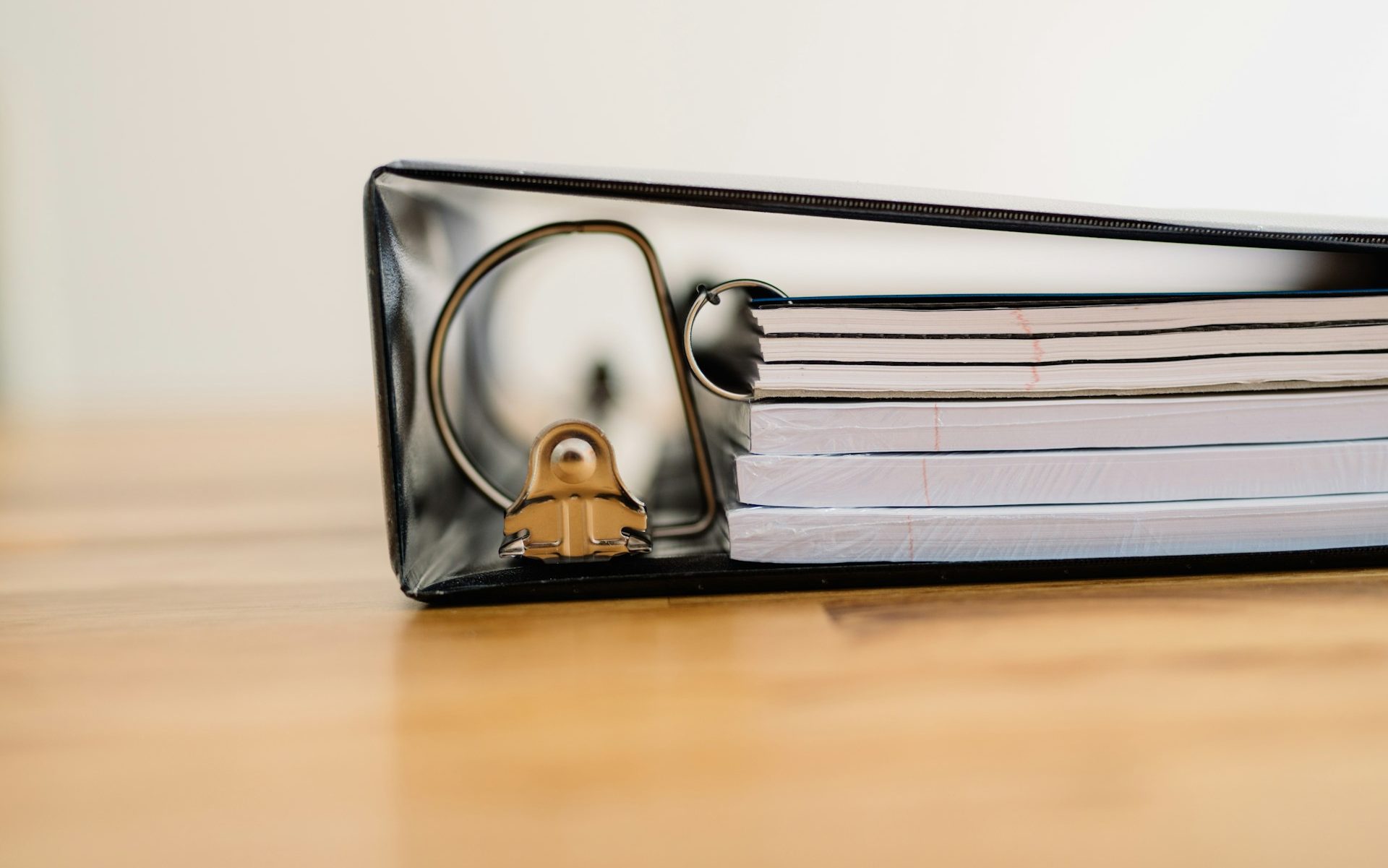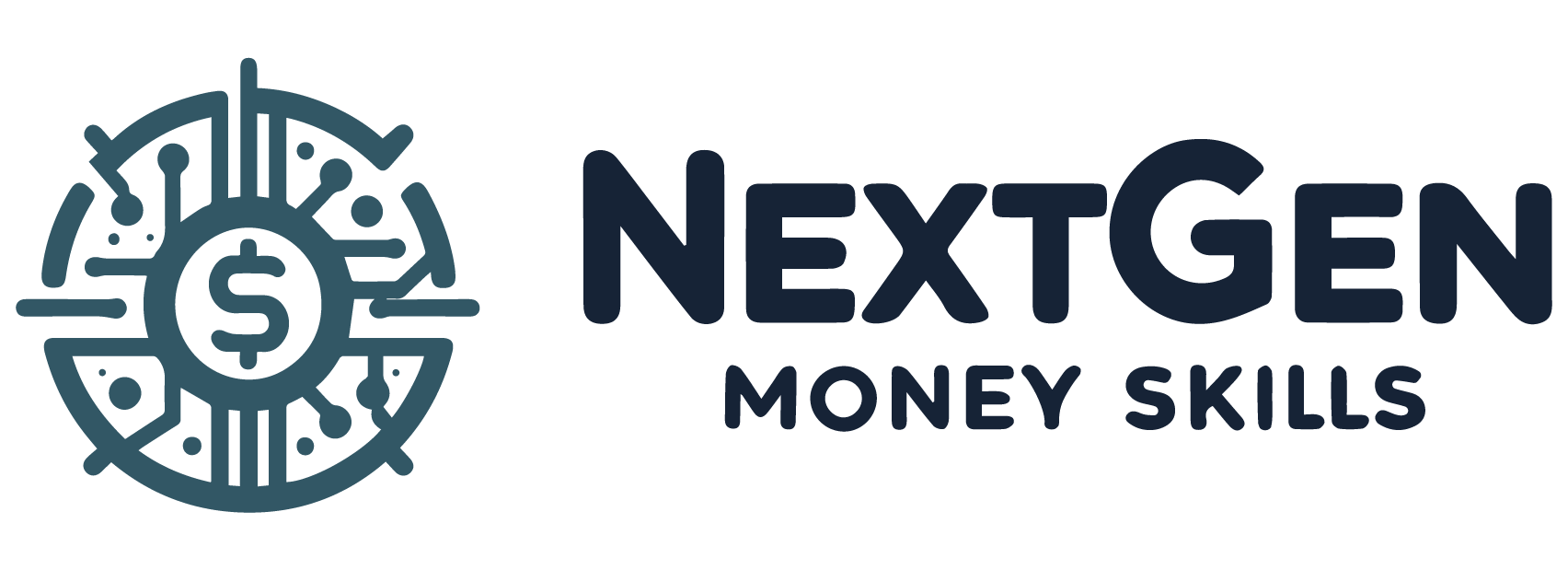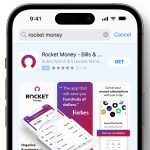Table of Contents
Embarking on the journey to financial clarity begins with crafting a powerful budgeting tool: the budget binder. This all-encompassing resource serves as a trusted companion in tracking your finances, enabling you to see the bigger picture of your economic health. Constructing a budget binder is not just about organizing bills and receipts; it’s about laying the foundation for financial success and empowering yourself to make informed monetary decisions.
A well-organized budget binder is your personal finance command center, where every transaction is logged, every goal is sketched out, and every financial dream is mapped. By dedicating time to develop this resource, you establish a proactive stance towards your finances, ensuring that you’re not just reacting to your bank account’s ebb and flow but actively steering its course. Discover how to make a budget binder for efficient expense tracking.
Crafting Your Personal Finance Command Center
Imagine a place where every aspect of your financial life is at your fingertips—this is the essence of a budget binder. It’s a place where bills, statements, and planning tools coalesce to create a clear view of your financial landscape. Here, you can devise a budget for each category, monitor savings, and strategize to reduce debt, all within the confines of a neatly organized, easily accessible binder.
Assembling the Essentials for Your Budget Binder
Gathering the right materials is the first step to creating your budget binder. Start with a sturdy binder, a collection of dividers, and a series of pocket folders to keep important documents secure. This will form the backbone of your financial command center.
Choosing the Right Binder for Your Financial Documents
When selecting a binder for your financial documents, opt for durability and size. A robust three-ring binder offers flexibility to accommodate a growing collection of financial records. Ensure it’s spacious enough to house your dividers, budget sheets, and any additional tools like calculators and pens.
Selecting Budget Binder Printables and Templates
Selecting the right printables and templates is essential for customizing your budget binder to your specific needs. From budget sheets for tracking monthly expenses to budget worksheets designed for variable spending, these printables help you stay organized. Use a spending tracker to monitor where your money goes and a tracking sheet to keep an eye on your progress. Incorporating budget binder printables into your system ensures that everyone’s budget stays on track and that you can easily track your expenses.
Customizable Cover Sheets to Personalize Your Binder
Customizable cover sheets add a personal touch to your budget binder, making it uniquely yours. Choose a design that inspires you to open your binder regularly and stay committed to your financial goals. Personalizing your budget binder makes the process of managing money more enjoyable and tailored to your individual style.
Essential Pages: Goal Setting, Tracking, and Planning Sheets
Essential pages such as goal setting, tracking, and planning sheets are the heart of your budget binder. They help you define what you want to achieve, such as paying down student loans or building up sinking funds for future investments. These pages provide a structured approach for mapping out your financial future and tracking your progress towards your objectives.
Establishing a Solid Foundation with Financial Goals
At the core of every successful budget binder is a solid foundation of well-defined financial goals. Whether you’re aiming to save for a down payment on a house or preparing for retirement, setting clear and achievable targets gives your budgeting efforts direction and purpose. By laying out your aspirations on paper, you transform abstract dreams into concrete plans, making them more attainable.
Financial goals give structure to your spending and saving, guiding you to make decisions that align with your long-term vision. As you fill your budget binder with these goals, it becomes more than just a collection of numbers—it evolves into a roadmap to your financial future, one that you can follow with confidence and clarity.
1. Setting and Tracking Long-Term Financial Objectives
Long-term financial objectives form the cornerstone of your financial plan. Whether it’s becoming debt-free, funding your children’s education, or securing a comfortable retirement, these goals require dedication and consistent tracking. By setting these objectives in your budget binder, you create a visual reminder of what you’re working towards, reinforcing your commitment to your financial journey.
2. Monthly Check-Ins: Monitoring Progress and Adjusting Goals
Monthly check-ins are crucial for staying on track with your financial objectives. They provide an opportunity to review your progress, celebrate successes, and recalibrate your strategies if necessary. Consistent monitoring allows you to make adjustments proactively, ensuring that your goals remain realistic and achievable as your circumstances evolve.
3. Visual Tools for Goal Achievement: Tracker Charts and Road Maps
Visual tools like tracker charts and road maps can be powerful allies in achieving your financial goals. For example, if you’re paying off debt, a tracker chart provides a clear view of your progress, while a road map can outline the steps to build an emergency fund or to reach your monthly goals. These tools not only help you stay organized but also serve as a source of motivation, making the path to financial success engaging and visually compelling.

Budget Binder Sections: Expanding Beyond the Basics
Once the initial setup of a budget binder is complete, it’s time to delve deeper into the financial details that make it truly functional. Expanding the sections to include a comprehensive income and expense log, strategies for debt management, and a variety of savings tools turns a simple binder into a robust financial management system. These sections are vital for a clear view of one’s financial health and for setting the stage for future financial success.
1. Income and Expense Log: The Backbone of Your Budget
An income and expense log is critical for tracking financial flow. This section should capture all money coming in, such as wages or other earnings, and going out, like recurring expenses and utility bills. It’s where one records loan payments, insurance payments, including health insurance, and considers tuition or lesson fees as part of the spending plan. This log provides a clear picture of where one stands financially each month and is the foundation upon which a sound spending category strategy is built.
• Paycheck Tracking and Expense Categorization
Effective management of personal finances starts with paycheck tracking and categorizing every expense. This granular approach helps identify patterns in spending and areas where savings can be found. Recurring expenses, such as loan payments and utility bills, are noted alongside insurance payments, including health insurance contributions. This categorization extends to occasional expenditures, like tuition or lesson fees, ensuring every dollar is accounted for within the spending plan.
• Creating a User-Friendly Monthly Budget Template
Designing a user-friendly monthly budget template in your binder allows for quick and easy financial assessments. It’s a visual guide that helps allocate funds effectively, ensuring that all categories, from essentials to discretionary spending, are covered. This template acts as a roadmap, guiding users through each financial obligation and helping to prevent overspending. It’s a tool that simplifies the complex task of budgeting into manageable steps.
2. Debt Management: Overviews and Payoff Strategies
Debt management is a cornerstone of financial stability, and an effective budget binder includes a section dedicated to tracking and paying off debt. Whether it’s card debt, personal loans, or medical bills, having a clear overview of what’s owed—and the strategies in place to tackle it—is essential. This section encourages users to keep their focus on debt reduction, cementing it as a priority in their financial journey.
• Debt Snowball vs Avalanche: Choosing Your Method
Deciding between the debt snowball and avalanche methods is a key step in managing debt within budget binders. The snowball method focuses on paying off debts with the smallest balances first, while the avalanche method targets debts with the highest interest rates. Both approaches have merits, and selecting the right one depends on personal preferences and financial circumstances. It’s about finding the strategy that keeps you motivated and aligned with your financial goals.
• Motivational Trackers: Thermometers, Wheels, and Banners
Motivational trackers like thermometers, wheels, and banners offer a creative and engaging way to visualize financial progress. These tools can be customized to track savings goals, debt repayment, or any other financial milestone. Watching the thermometer rise or the wheel fill up provides a visual representation of one’s hard work and dedication, fostering a sense of accomplishment that can boost morale and encourage continued financial diligence.
3. Savings Optimization: From Emergency Funds to Dreams
Savings optimization in a budget binder starts with establishing an emergency fund. This crucial financial safety net ensures that unexpected expenses don’t derail other financial plans and goals. Beyond the emergency fund, this section encourages users to dream big and save for future aspirations, whether it’s a vacation, a new home, or retirement. It’s about turning intangible dreams into tangible savings targets.
• Savings Buckets and Visual Savings Trackers
Creating savings buckets within the budget binder allows for targeted saving towards specific money goals. Each bucket represents a different goal, from short-term needs like a vacation fund to long-term aspirations such as a down payment on a house. To complement these buckets, visual savings trackers serve as daily reminders of progress and inspire continued commitment to these goals.
• Innovative Savings Methods: Challenges and Milestones
Innovative savings methods, such as savings challenges and milestones, introduce an element of excitement and competition to the act of saving money. Challenges can range from no-spend days to saving a certain amount each week, while milestones mark significant achievements along the financial journey. These methods encourage users to think creatively about how to reach their money goals and make the process more engaging.

Practical Tips for Maximizing Your Budget Binder’s Efficiency
To maximize the efficiency of a budget binder, it’s important to regularly assess savings and debt, set realistic targets, and maintain a system that helps progress and stay motivated. This involves a balance between saving money and paying off debts, ensuring that financial efforts are not skewed too heavily in one direction. A well-maintained binder is a powerful tool in achieving financial clarity and success.
The Art of Regular Budgeting Check-Ins and Updates
Consistent budgeting check-ins and updates are crucial for staying on track with financial goals. Regular reviews of the budget binder help in assessing current spending, identifying areas for improvement, and making necessary adjustments. This ongoing process ensures that the actual budget remains aligned with changing financial circumstances and keeps financial goals within reach.
Weekly Budgeting Routines for Ongoing Success
Establishing a weekly budgeting routine is essential for maintaining the accuracy and relevance of the budget binder. This practice involves reviewing transactions, reconciling accounts, and planning for the week ahead. A set routine helps in catching discrepancies early and making timely adjustments, which is key to ongoing financial success.
Adjusting Budgets for Life Changes and Unexpected Events
Life is unpredictable, and financial plans must be flexible enough to accommodate changes and unexpected events. When such situations arise, the budget binder becomes an invaluable budgeting tool for adapting the existing financial plan. Whether it’s a job change, a medical emergency, or an unplanned expense, having a system in place to quickly and efficiently adjust the budget is crucial.
Money Management Strategies Using Your Budget Binder
Effective money management strategies are at the core of a budget binder’s utility. It offers a tangible, organized way to track spending, save for the future, and manage debt. The actual budget within the binder acts as a financial compass, guiding users through the complexities of personal finance and helping them stay on course towards their financial objectives.
Cash Envelope System for Controlled Spending
Embracing the cash envelope system can revolutionize the way one handles day-to-day finances. By allocating specific amounts of cash into envelopes categorized for expenses like groceries, gas money, and fun money, individuals gain tangible control over their spending. This method not only simplifies tracking but also limits the temptation to overspend, ensuring that each dollar has its place.
Moreover, it’s essential to include an envelope for an emergency fund, a safety net for unforeseen circumstances. By physically separating this money, one is less likely to dip into these funds for non-emergencies, thereby safeguarding financial well-being and fostering disciplined spending habits.
Tackling Unexpected Expenses Without Derailing Your Budget
Unexpected expenses can pose significant challenges to even the most well-thought-out budget. To prevent these surprise costs from derailing one’s financial plans, it’s crucial to anticipate and prepare for them. Setting aside a dedicated portion of the budget for potential unforeseen expenses, such as emergency repairs or medical bills, can provide a buffer to absorb the impact without affecting the ability to meet recurring expenses.
Additionally, regularly reviewing and adjusting allocations for loan payments and utility bills can build flexibility into the budget. This proactive approach enables individuals to adapt to changes and manage unexpected expenses without compromising their financial stability.
Final Reflections on How to Make a Budget Binder
Embarking on the journey of creating a budget with a three-ring binder at your side has been a transformative experience. Through diligent work, you now have a budget for each category, a solid plan for both fixed monthly bills and variable expenses, and an effective system to track your spending.
Personalizing this budgeting system with colored pens, a label maker, and printable binders has made budgeting more fun and engaging. The monthly budget template has become a trusted tool for reconciling income and expenses, while printable pages from online resources have enriched your binder’s capabilities. By setting aside just 15 minutes to track your income and print out the pages, you’ve maintained your finances organized and poised for continued growth and stability.




